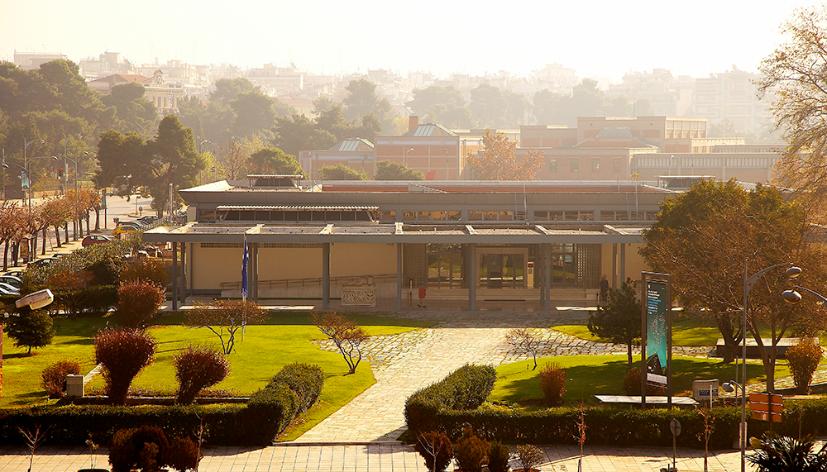The 13th International Round Table on Polychromy in Ancient Sculpture and Architecture on
"Polychromy and the Senses: Integrating Scientific, Cognitive, and Aesthetic Perspectives on Ancient Colour"
will be held in Thessaloniki, Greece, and hosted by the Archaeological Museum of Thessaloniki
18-21 November, 2026.
